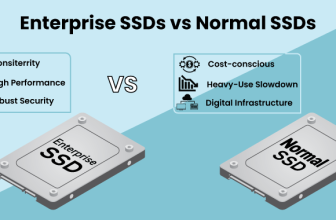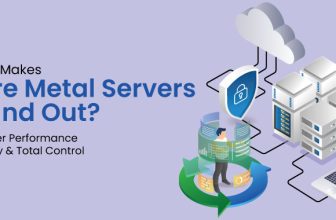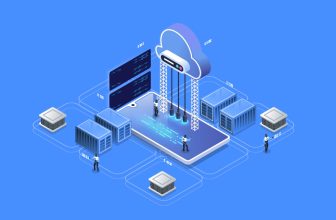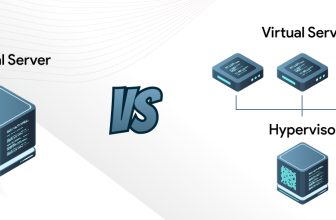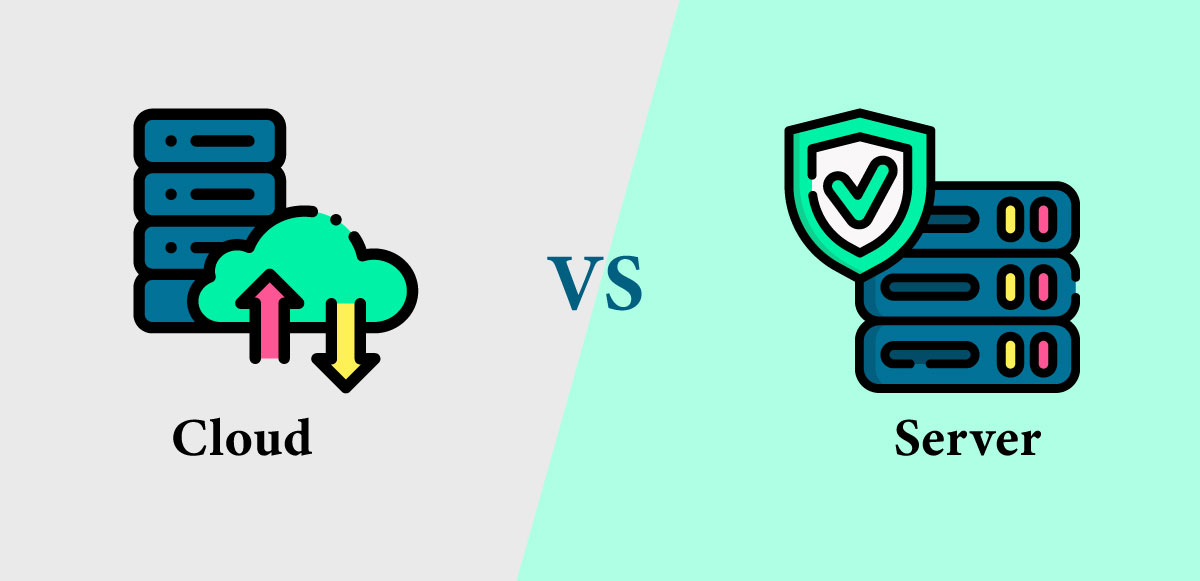
Exclusive Offer: Save Up to 40% on Dedicated Server Hosting!
Unlock unbeatable performance and savings! Enjoy up to 40% off on our dedicated server hosting plans. Limited time offer.
Today, new technologies present various choices among business people and individuals concerning methods of storing their information. Two primary options dominate the discussion: The cloud-provided service model and the traditional client-server service delivery. This blog post will discuss the different aspects of both concepts, including their features, comparison of cloud and server solutions, important considerations, and similarities between cloud and server solutions for better understanding and making a correct decision.
What is Cloud Computing?
Cloud computing is the access of services through the Internet such as storage, computing capacity, and software applications. These resources can be obtained from cloud providers through data centers to meet the needs of the end-users who have an opportunity to use the resources on a need basis, where they are charged for usage.
What are Servers?
Traditional servers are physical or virtual instances situated within an on-premises environment or in a data center. They are specialized for processing and storing vast data and are controlled and supported by system administrators or other IT personnel or suppliers on behalf of the company or organization.
Features
Cloud Computing
- Scalability: One of the most important advantages that cloud technology provides is elasticity, where companies can easily scale up or down. This policy means that you only pay an amount that you will have used from the internet service.
- Cost-effectiveness: This is advantageous because the cloud computing pay-in-use structure enables companies to avoid the large initial investments required in the case of purchasing physical servers and managing them.
- Maintenance: Since support for the application is managed through cloud service providers, there is less workload on internal IT staff; they are not responsible for such things as maintenance, updates, and security of the application.
- Disaster Recovery: Disaster recovery options are often an integral part of cloud solutions, where data is always located in several different places as a precaution.
Traditional Servers
- Control: On-site servers make it easier to manage the internal setup of the needed equipment, software, and security measures, as well as data storage.
- Performance: In some cases, where high performance and low latency are more important than cost, it is possible to tune the on-premises servers to certain desired specifications.
- Security: Overall, on-premises servers also provide high levels of security since companies can put into practice specific security measures and standards.
- Initial Investment: However, the initial investment in purchasing servers and their subsequent maintenance may be high but for companies with stable and predictable cash flows, ownership of servers is more cost-effective.
Comparison:
| Feature | Cloud Computing | Traditional Servers |
|---|---|---|
| Scalability | Cloud computing has greater scalability. This scalability is made possible by the cloud provider’s wide framework, enabling the business to grow or shrink the resources based on the need at a little extra cost. | Scaling up, often requires new pieces of hardware to be bought and implemented which can be expensive and a process that takes time. |
| Cost | Cloud computing is often cheaper initially since you do not have to buy the physical equipment. This can be cost-effective for small businesses and startups. | The traditional server system demands a large upfront investment in hardware and infrastructure. |
| Maintenance | Housing, support, upgrades, patching, and other maintenance tasks are performed by the cloud contractor. | The organization is accountable for the maintenance of traditional servers. |
| Accessibility | Cloud services are available at any geographic location with an internet connection. | It is commonly local only or limited to a secure Virtual Private Network (VPN). |
| Control | The level of control is determined by the cloud provider’s architecture and standards. | Servers that are located in the company’s facility are fully customizable when it comes to hardware, software, and security policies. |
| Performance | It must be noted that the performance of the cloud can also be influenced by the provider and/or the specific services being utilized. | It scales predictably with dedicated resources to give you reliability of the application but you have to manually scale out to increase load capability. |
Similarities
Despite their differences, cloud computing and traditional servers share several similarities:
- Purpose: They both propose to offer processing and storage resources for applications and data as well.
- Reliability: These two options can offer high availability and reliability for multiple work environments.
- Security: Both can provide a high level of security, but how security is implemented and the roles that are attached to it are completely different.
- Customization: Although, the described solutions are seen in traditional servers, both of them may be customized to fit the given organizational requirements.
Conclusion
In analyzing the differences between cloud computing and traditional servers, cost, scalability, performance, security, and compliance should be considered. When comparing the merits and demerits of each of the options, the business is in a better position to make the best decision depending on the role it plays in meeting the functional and strategic needs of the organization.



